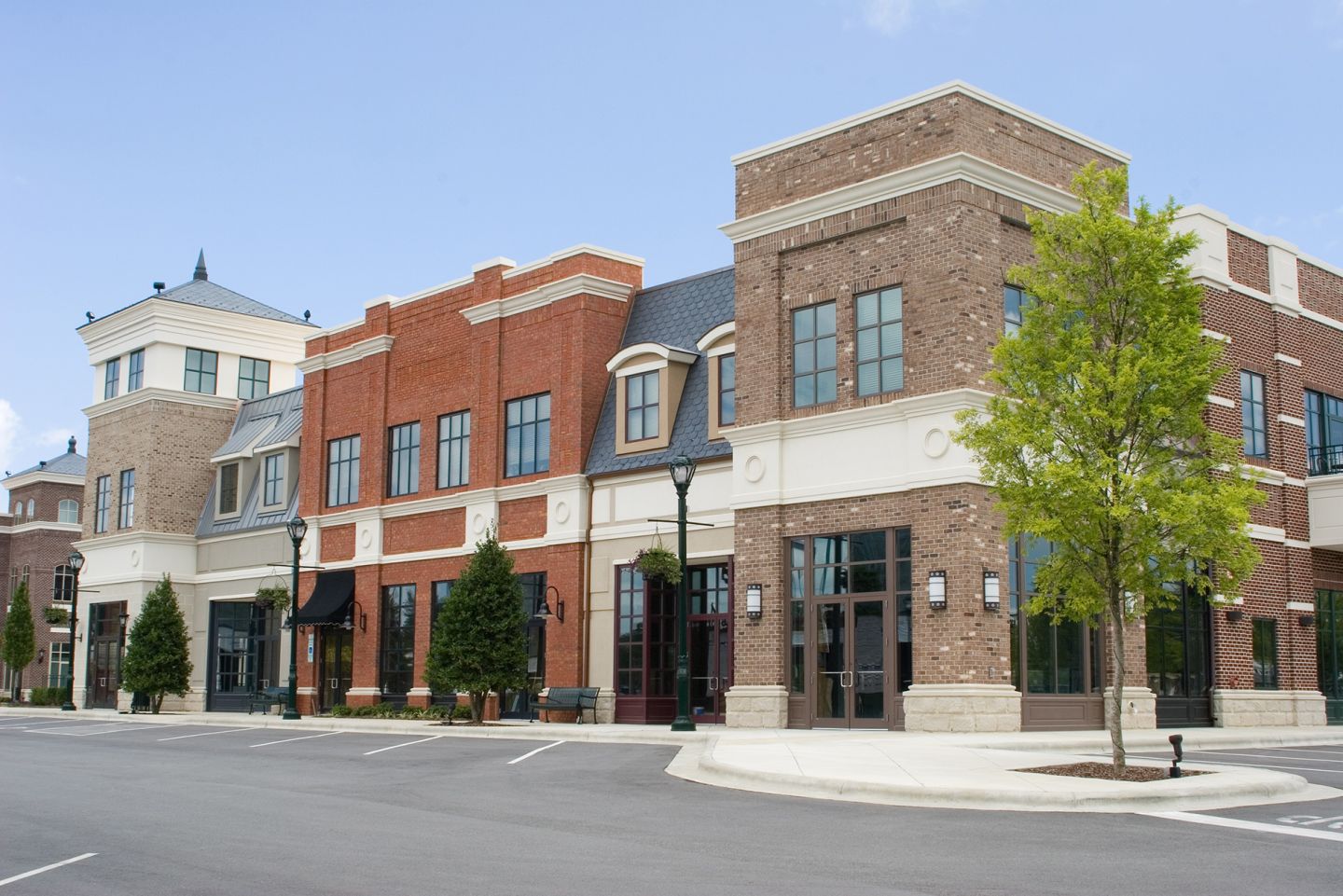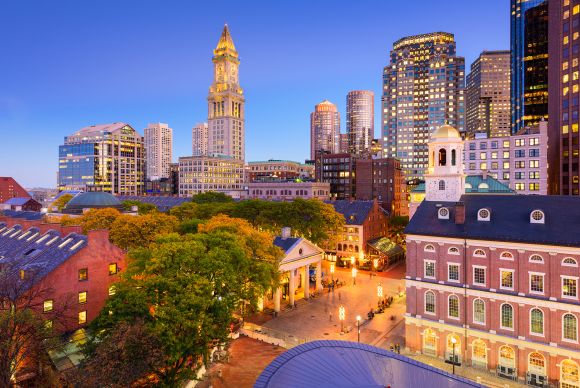By Bill R. Shelton, CEcD
Civic leaders who are establishing a retail incentive program often ask the question, “What retail incentives are other cities using?”
Competitive communities understand that incentives play a key role in the location decision process. The community’s ability and willingness to provide incentives can be the deciding factor in making a deal. Incentives are also often used by communities to urge retailers and retail developers to locate in areas that are underserved or need revitalization. However, determining what incentives to offer, and how many, is a more difficult task.
As a component of our work with retailers, retail developers, and communities implementing retail development strategies, we monitor and periodically survey to keep current on incentive trends. The following four incentives are most frequently offered by local governments to satisfy businesses’ requests:
Sales Tax Revenue Sharing
The local government and the retailer or developer may reach an agreement to share future sales tax revenues generated by the project.
Typically, the city agrees to rebate a portion of sales taxes collected for a specified number of years as reimbursements for eligible public improvements that were put in place upfront by the retailer or developer.
Tax Increment Finance (TIF)
Tax Increment Finance is often referred to as an incentive, but in reality, it is a financial and organizational tool used in developments. TIF allows local governments to provide upfront funding of public infrastructure in a project that is expected to generate substantial tax revenues. TIF districts allow the local government to sell bonds that will be retired by future tax revenues generated in the project.
While traditional TIFs capture an incremental increase in property taxes that are earmarked to pay off the bonds, more and more states are allowing sales tax revenues to be used to retire the debt or to be combined with property tax revenues for debt retirement.
Businesses like TIFs because they provide infrastructure improvements and defray developer’s initial costs that will be paid back from future revenues generated by the project. By establishing a TIF district, the community signals a commitment and investment in the area.
Facade Grants and Loans
Matching grant or low interest loans are offered by communities to improve the appearance of retail buildings in older commercial and redevelopment areas. Often, these grants or loans can be used to pay for architectural and design services in addition to renovation costs. These incentive programs are also part of the community’s business retention and expansion efforts.
Fee Waivers or Reductions
Waiving or reducing building or permit fees is a standard incentive used by many communities. This requires no direct outlay of community funds and is used as a signal of the community’s desire for economic development.
Regardless of which incentive a community uses, the real test of its success is based off of the expected return and benefits to the community.


